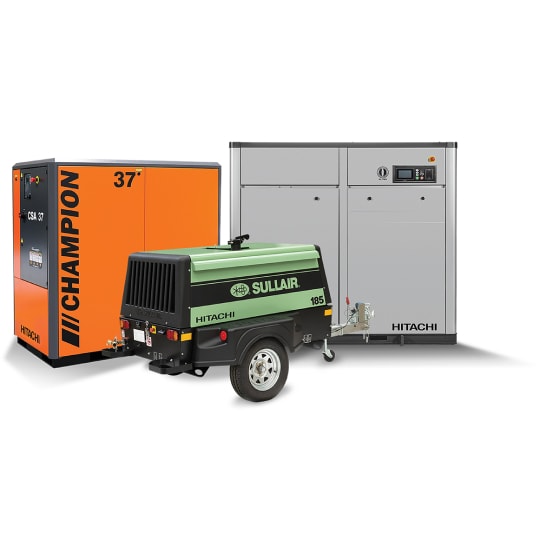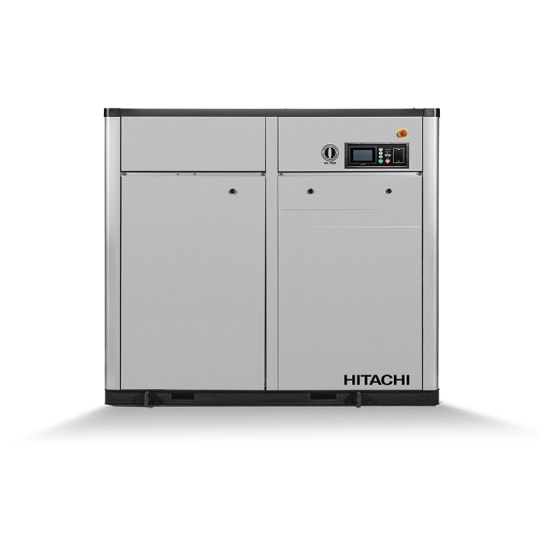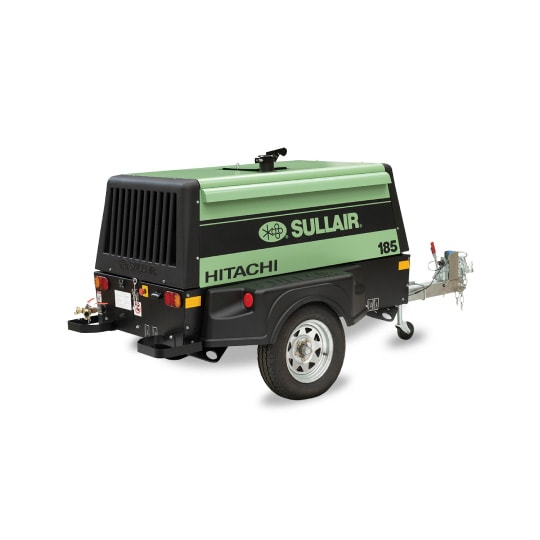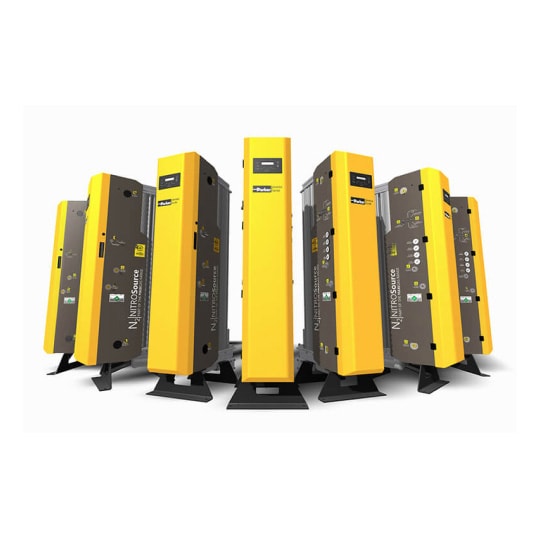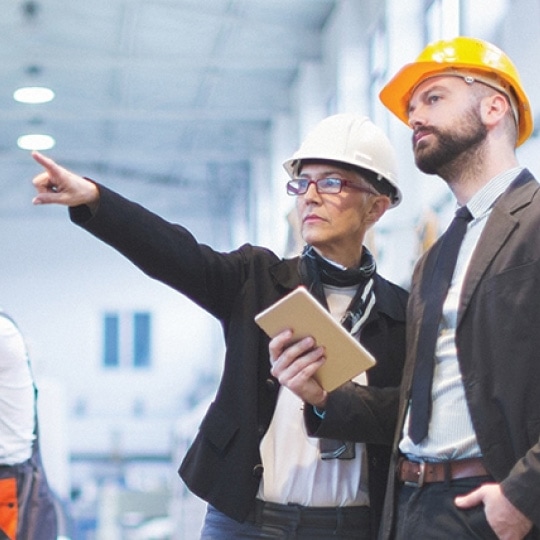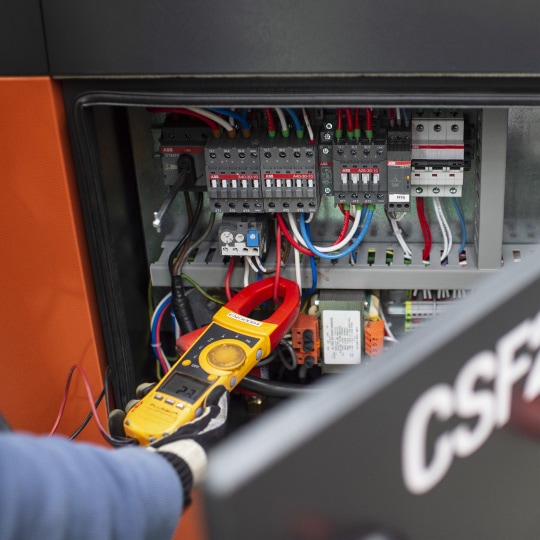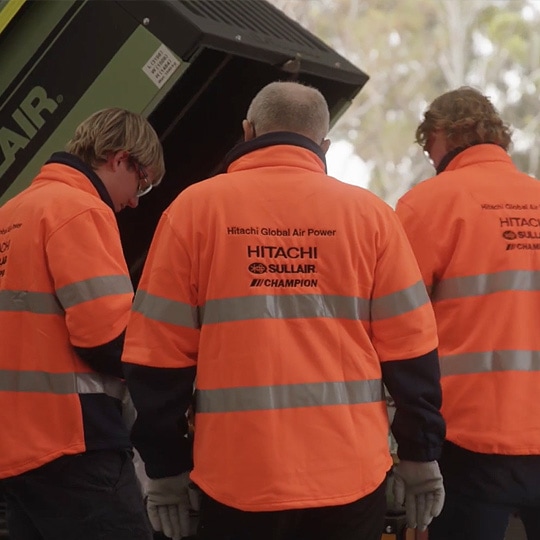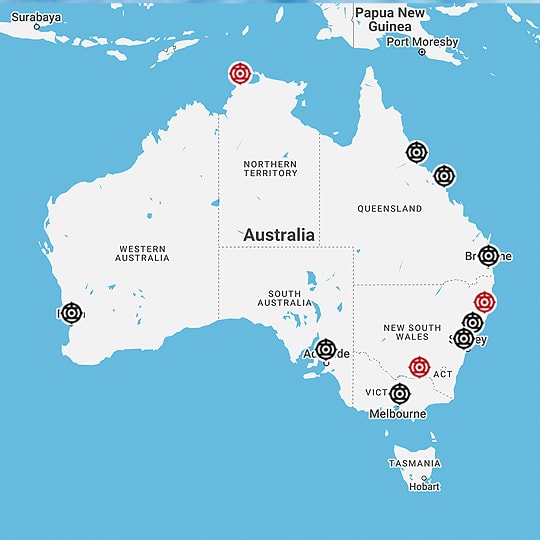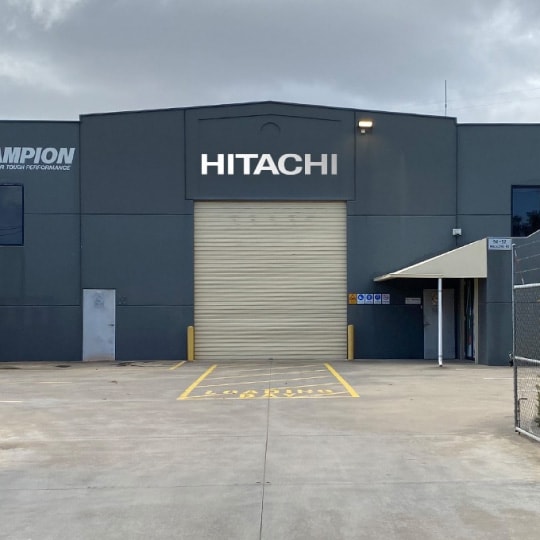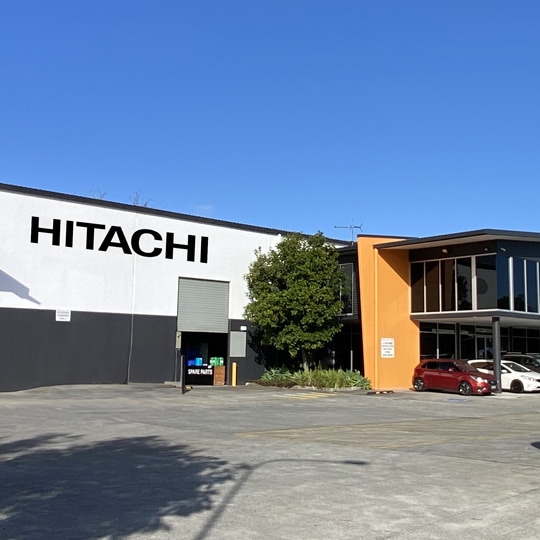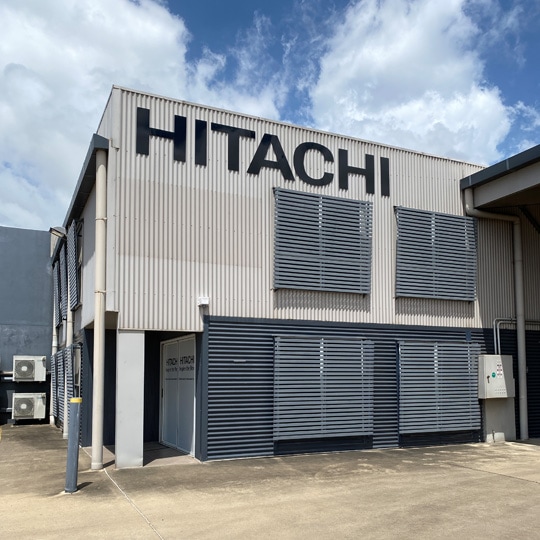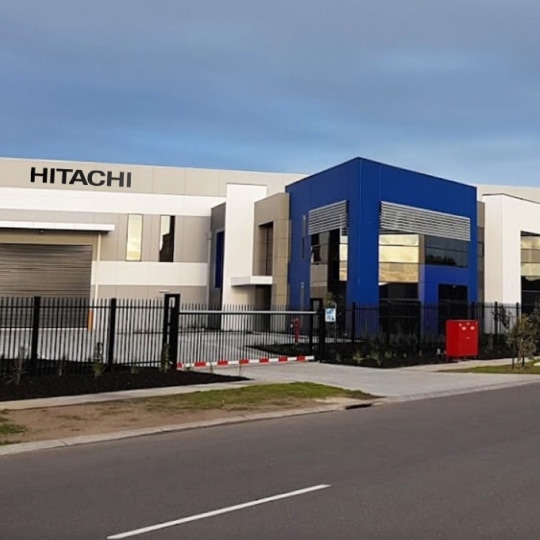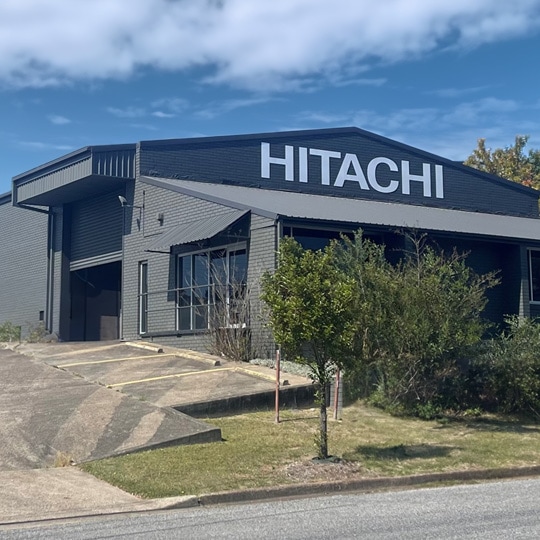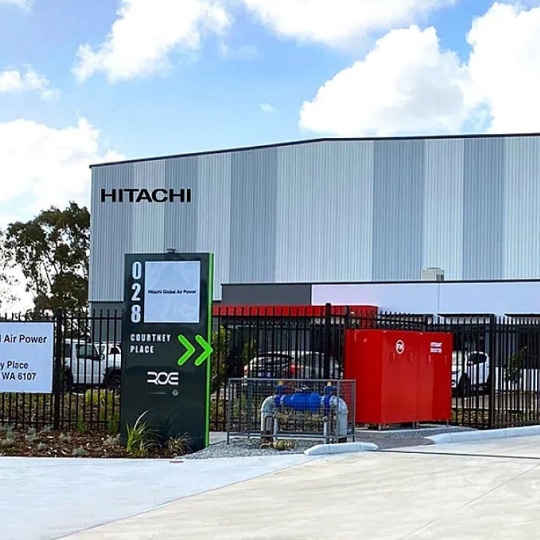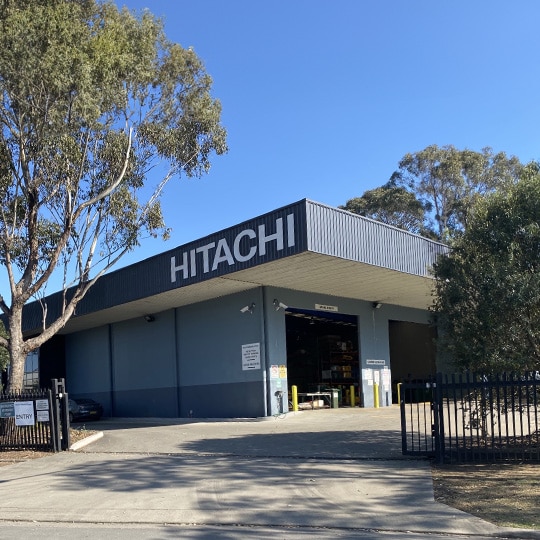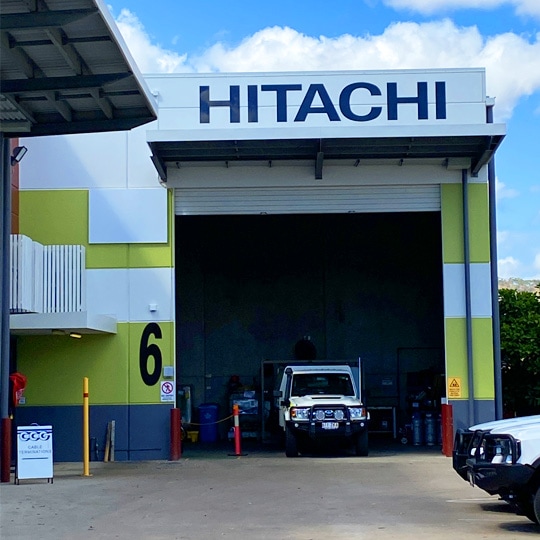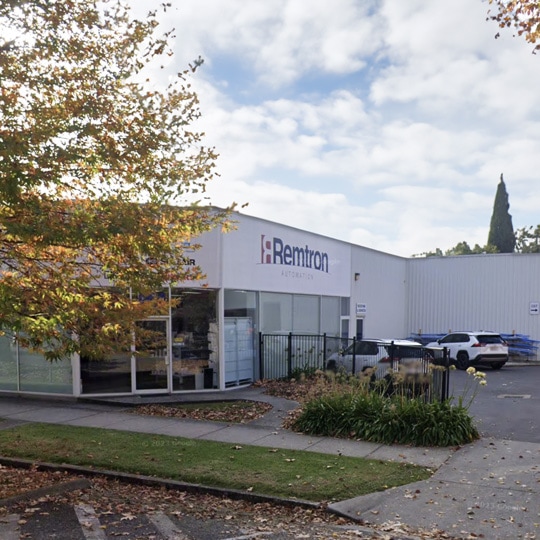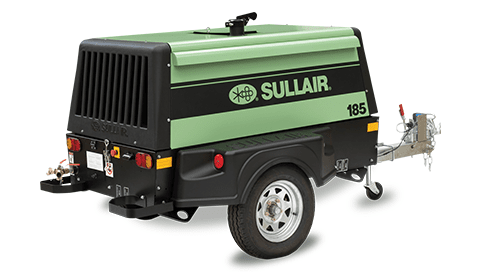Equipment rentals easing the transition for industry as the economy recovers
THE BRIEF
Economic recovery since the onset of the COVID-19 pandemic in 2020 is still well and truly underway. The impact has been felt across every industry, with companies large and small having to drastically adjust expectations, plans and operations.
The supply chain of equipment has been one area significantly affected, with many companies struggling to get OEM equipment out of foreign supply chains. To get the wheels of industry turning once more, these delays have forced many to use interim solutions – such as renting equipment – to bridge the deficit.
In addition, businesses that are experiencing rapid growth are also trying to make more strategic decisions around their equipment needs. Renting provides a viable solution that minimises the impact on cash flow, allowing for sustained growth. This then puts them in a more viable position to make CapEx purchases, once a stronger sense of economic stability has returned.
Limiting CapEx spending is one reason to rent over buying, with hesitation still present around the stability of the market. Additional concerns are also in play, with the vaccine rollout still underway, international arrivals still quarantining and another high-risk period ahead as winter looms. The result? Operations managers are taking the more conservative approach by choosing to rent, until some more certainty returns to the market.

THE SOLUTION
With a diverse range of industries to supply, Coates’ business depends on having quality, high-functioning equipment on site and on demand for their clients at all times. The early months of 2021 have seen Coates Hire and Sullair Australia in cooperation to support Coates Hire and their client channels with the necessary compressed air solutions. They too have had to be responsive – recognising the trend toward equipment rental in the wake of last year’s downturn.
Many industries are turning to rental equipment, where previously they would have purchased outright, with a strong sense of uncertainty driving hesitation across the board. Having a rental option available offers the ideal interim solution for many. Darell Kamphuis is Coates Hire’s National Product Manager – General Hire Products.
“Unless you’re a manufacturing plant that needs a compressor for the next ten years, you’re not going to outlay a huge amount of money for air compressors at the moment. That’s where rentals are a real problem solver.”
When it comes to specialised products for specific applications on major projects for example, the rental option offers a much lower risk proposition to the customer. “A major contractor on a major road project might already have one or two pieces of equipment on site and then they win extra work, or the scope of the job increases, so they need a third”, explains Darell. “Rather than buying equipment in excess of what they need in their usual fleet, they will rent in the interest of keeping things lean, while there’s still so much uncertainty around”.
A key part of the recovery process for many has been driven by government support, including subsidised infrastructure spending and tax breaks against depreciation. Major projects such as tunnels, rail and road, and infrastructure projects, large civil construction and mining all continued, granted at a slower pace. Renting became the obvious solution. Many of these jobs have a relatively short-term outlook and need specific equipment to be able to do them all. If a single compressor has a life span of 10 years, an outright purchase in those contexts didn’t make sense. If a certain project has a 2 to 3 months schedule, it makes much more sense to rent something like a light tower or generator, return it, then move onto the next project which might require something completely different.
Nashaat Bakhit is Sullair’s Key Account Manager for Portables and has worked closely with Coates Hire to ensure a smooth transition during the pandemic. “I think for the next 18 months to maybe two years there will still be a heavy reliance on hire equipment across all industries”, he explains. “In all categories, not just air compressors, we’re trying to strengthen our partnerships with our clients. By understanding their needs, we can have equipment ready for them in stock, with full compliance to their specifications, colours, and with their corporate branding applied. Sullair Australia does all the work required to prep the machine so they’re hire ready.”
THE RESULT
The rental option is certainly closing a gap on the path towards recovery, now that the industry operations are starting to gain momentum back to some sort of normality. The growing market in WA is seeing increased demand for equipment once more. Other states are now following with Tasmania and Victoria both reviving their stock, and Queensland and New South Wales also expected to be replenishing their fleet for rentals soon.
Where the use of rental equipment previously may have been mostly in emergency-type situations for projects, it is now seen as a sensible solution for short term needs and a way for businesses to diversify their usual fleet and be more strategic about their CapEx spending.
